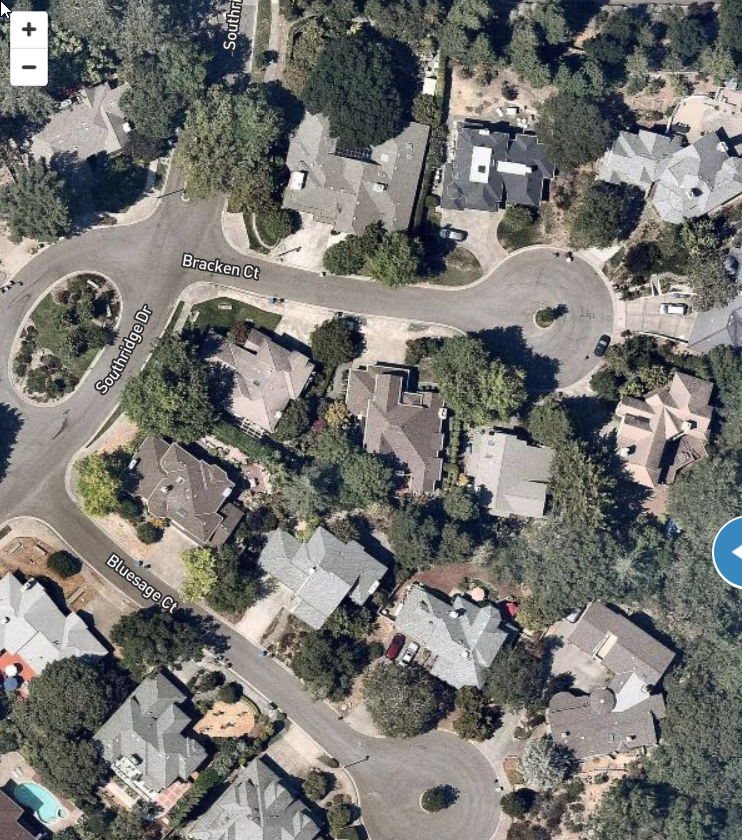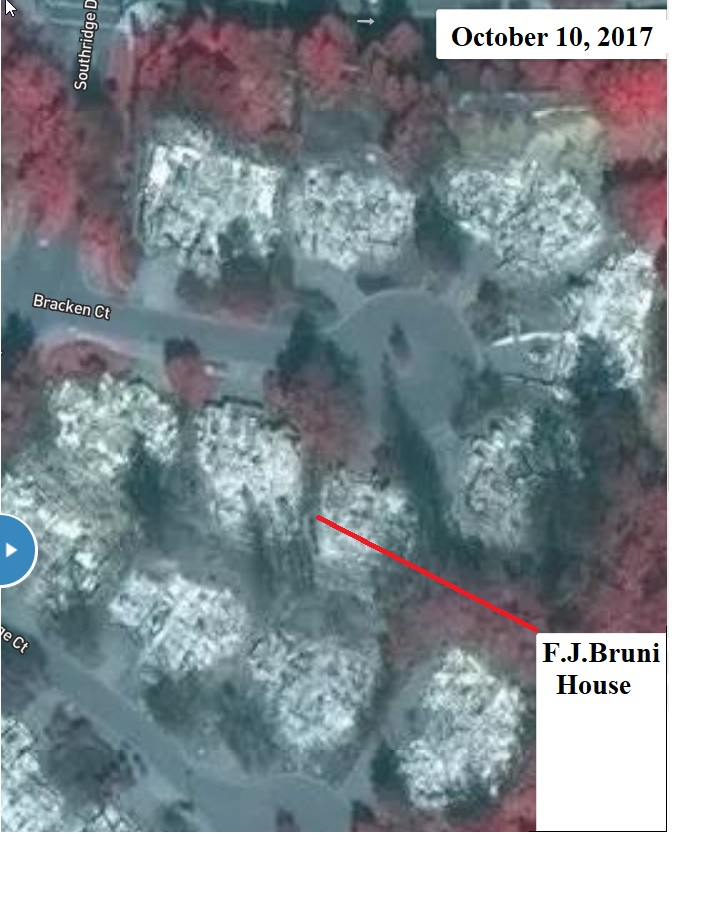Fire Extinction and Fire Prevention
The recent catastrophic fires in California, Australia and southern Europe have destroyed forests and steppes including wildlife, city areas and numerous houses and caused huge damages and tragedies. There is fear that number and dimensions of fires will increase due to climate change. This project describes novel approaches of fire extinction in buildings and to prevent the progress of fires outside the settlements. The principle is demonstrated with the fire of Notre Dame cathedral in Paris April 15, 2019.
Fires are a common threat to mankind, to nature and cultural heritage, to forests and steppes including wildlife, to buildings including habitants, and to historical buildings and churches. A prominent terrifying example was the fire of Notre Dame cathedral in Paris April 15, 2019. Despite the intensive water flushes from the top the intense fire with high flames continued for about five hours whereas with a novel approach it could have perhaps been stopped in 30 minutes.
There are three prerequisites for fire: 1) fuel which can be solid, liquid, gas or gas from decomposition of solid, 2) high temperature and 3) air (oxygen). The goals of firefighters and of applying fire extinguishers are to separate fuel from air and to cool the fire by powerful water splashing or by fire-extinguishing fluid. In case of Notre Dame the water flushing from top, as one could see for hours in TV, had practically no effect since it produced water vapor which has much lower density than air and thus escaped and did not reach the burning wooden beams and cool the fire. Finally, the fire stopped when most of the fuel, the wooden beams, had burnt, the high flames had stopped, and the water could reach the glowing fire.
In this project a novel approach to extinguish fire based on the principle of separating fuel from air was developed for efficient extinguishing fire inside buildings and localized fires outside, and from preventing the advancement of wildfire in forests and steppes. Specific measures will prevent the progress of fire to approach housings and cities. The costs of these measures are small compared to the lives and values at risk. Patent application in progress.



